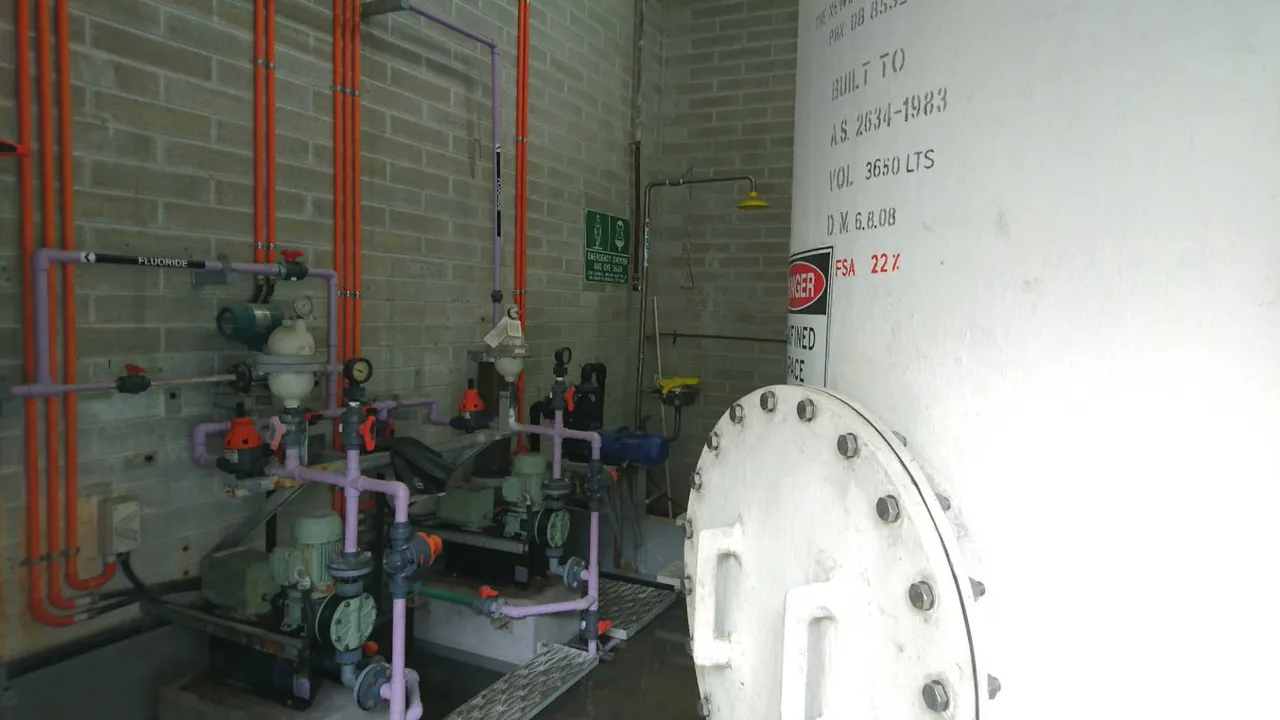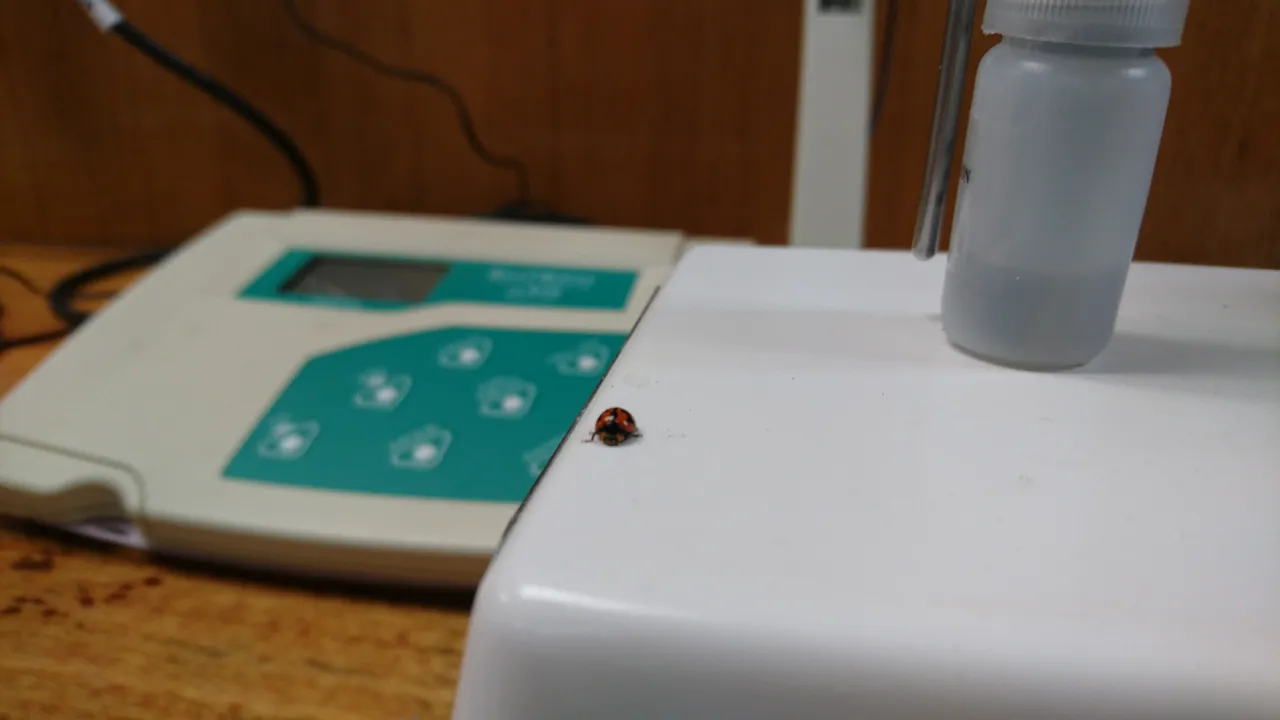1 x day shift: Water Treatment Plant.
It was a bit chaotic.
We're currently very short-staffed.
Where usually I'm part of a team of four, today there was only two of us.
There's still the same amount of work to do each day though!
So let me rapid fire through it...

Isolations on the two Fluoride dosing pumps (above) so a Mechanical Fitter could dismantle and inspect them. Routine maintenance. Required shutting down the plant beforehand. This was first thing.
Then I spent an hour or so in the lab, catching up on crosschecking the filter outlet turbidity meters.
That was followed by the daily rounds over at the Chlorine Dosing Building and a quick check over the Corrosivity Pilot Plant, noting down the outlet pH and temperature as I went.
After that was some training.
A demonstration on how to clean the Algal Probe on the Raw Water Wet Rack.
I completely forgot about it.
Thanks to my co-worker for reminding me before I went to the next job on the list.
Next stop was actually stopping for half an hour for some lunch and a coffee.
Back in the lab after that, getting a couple more tests out of the way.
Oxidation Reduction Potential / Redox ('ORP') on two samples from different points in the process: before and after pH correction.
And then crosschecking the Electrical Conductivity meters with a sample from the same point: directly after the pH correction, as well as with another sample of the product water.
The plant has two online EC meters in these positions.
Beyond ensuring the accuracy of these meters, testing the Conductivity allows us to build a database for identification and tracing of the origin of water out in the city distribution networks.
Next on the list was the Chlorine Residual tests. There's four points around the plant with online analysers that we crosscheck three times a week.
And there's another two sample points outside the plant itself without online metering.
These tests are done with a portable colorimeter using powdered DPD as the reagent. DPD is short for a chemical called N,N-diethyl-p-phenylenediamine.
This method gives an accurate measure of the amount of free Chlorine anions in the sample, or at least that's my understanding of it.
Once that was all done, it was time to de-isolate the Fluoride dosing pumps, and introduce some water into the pipework, pressurising the system to expose any leaks.
There was one, but it was only at a barrel union, which was fixed by tightening it up by hand. Easy.
With all that done, it was time to restart the plant, just before the end of the workday.
Back into the lab to clean and packup the glassware and equipment and looky here:

A ladybug had found it's way inside and was just chilling by the ORP meter.
Cute
